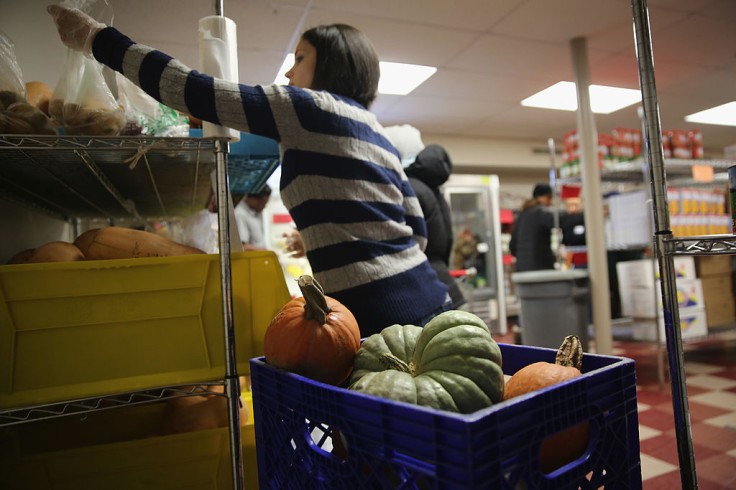
The Supplemental Nutrition Assistance Program (SNAP) is set to deliver substantial payments exceeding $1,500 to eligible households across the United States this May.
With various states distributing payments within the first five days of the month, millions of families are eagerly awaiting their SNAP benefits.
Maximizing SNAP Benefits and Eligibility
Eligible individuals can apply for the Supplemental Nutrition Assistance Program (SNAP), previously known as the Food Stamp Program, by meeting income criteria. These newly massive SNAP payments are determined by household spending habits and income levels.
As per recent data from the U.S. Department of Agriculture (USDA), approximately 41.9 million Americans received SNAP benefits in November 2022, as highlighted in a Pew Research Center report.
To stay updated on eligibility and application processes, residents can contact their state's human services agency or local office. This is particularly crucial for those experiencing job loss, increased expenses, or instances where the state may not be aware of specific financial burdens.
Understanding how household payment amounts are computed is essential, given the variation in benefit distribution based on geographical location.
States allocate resources based on family size for SNAP recipients. Consequently, households with more than seven members may receive SNAP payments exceeding $1,500.
Payment breakdown for different household sizes:
Single person: $291
2 people: $535
3 people: $766
4 people: $973
5 people: $1,155
6 people: $1,386
7 people: $1,532
8 people: $1,751
State-by-State Payment Breakdown
In the initial days of this month, eleven states are scheduled to disburse SNAP payments. These states comprise Alaska, Connecticut, Hawaii, Nebraska, New Hampshire, New Jersey, North Dakota, Rhode Island, Vermont, the Virgin Islands, and Wyoming.
Alongside this payment schedule, it's important to note that the Supplemental Nutrition Assistance Program (SNAP) permits households to deduct medical expenses exceeding $35 monthly from their income, impacting SNAP eligibility.
State Scheduled Payment Date:
Alaska May 1
Connecticut May 1 to 3
Hawaii May 3 to 5
Nebraska May 1 to 5
New Hampshire May 5
New Jersey May 1 to 5
North Dakota May 1
Rhode Island May 1
Vermont May 1
Virgin Islands May 1
Wyoming May 1 to 4
Many SNAP beneficiaries may not realize the substantial benefits accessible to eligible Alaska residents.
For example, those in Alaska's urban areas can qualify for up to $2,246 per person, while those in Rural Zone 1 can receive up to $2,865, significantly higher than other states where an 8-person household might receive $1,751.
Notably, considerable SNAP benefits extend beyond Alaska, including Guam, the U.S. Virgin Islands, and Hawaii.
In Hawaii, SNAP benefits can reach $3,166. Guam provides SNAP benefits up to $2,581 for eight individuals.
The U.S. Virgin Islands offer SNAP benefits up to $2,252 for eight people or $375 for an individual.
